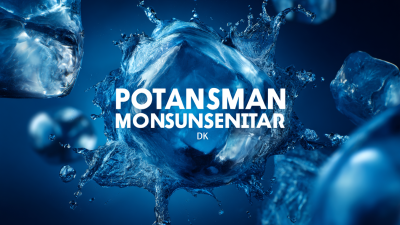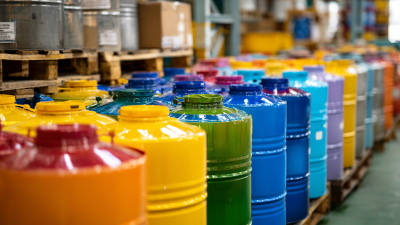In today's world, the importance of maintaining healthy aquatic environments cannot be overstated, especially given the rising concerns over waterborne diseases that pose significant threats to public health. Understanding the role of aquatic disinfectants is crucial in this context, as these specialized chemicals are designed to effectively eliminate pathogens from water sources. This article will explore how to appropriately utilize aquatic disinfectants to enhance water quality and safeguard both human health and ecosystem integrity. By examining the various types of aquatic disinfectants available, their mechanisms of action, and best practices for implementation, we aim to provide a comprehensive guide for individuals and organizations seeking to prevent waterborne diseases. Ultimately, this knowledge will empower stakeholders to create safer aquatic environments, ensuring that communities have access to clean and healthy water resources.
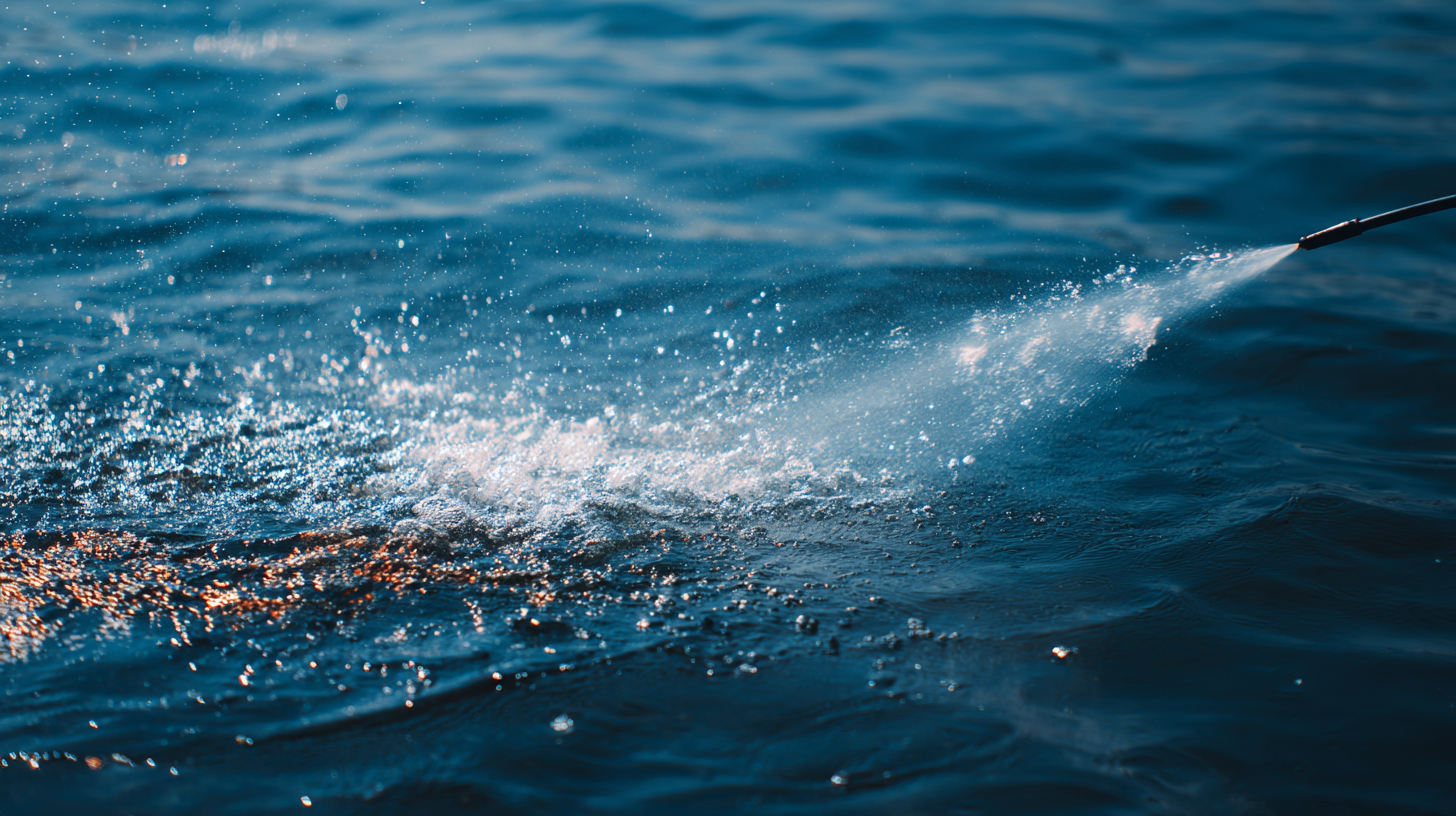
Aquatic disinfectants play a crucial role in preventing waterborne diseases, which pose significant public health risks globally. According to the World Health Organization, approximately 2.2 million people die from diarrheal diseases each year, many of which are caused by contaminated water. Effective disinfection methods can significantly reduce the risk of pathogen transmission in both recreational and drinking water sources. Chlorination, UV treatment, and ozone disinfection are common methods that have proven effective in eliminating harmful microorganisms.
Key statistics highlight the importance of these disinfectants: studies have shown that proper disinfection can decrease the incidence of waterborne diseases by up to 90%. In aquatic environments, the implementation of stringent disinfection protocols not only protects public health but also enhances ecosystem stability. Moreover, regular monitoring and adjustment of disinfectant levels ensure that aquatic habitats remain safe for both human use and wildlife, thus fostering a healthier environment. The need for continued investment in research and development of advanced aquatic disinfectant technologies remains vital for the ongoing battle against waterborne illnesses.
This chart illustrates the percentage reduction in various waterborne diseases attributed to the use of aquatic disinfectants over a three-year period. The data highlights the effectiveness of these disinfectants in promoting healthier aquatic environments.
Aquatic disinfectants play a crucial role in maintaining the health of both humans and aquatic life by preventing waterborne diseases. Among the top five types of aquatic disinfectants, chlorine is the most commonly used. It effectively eliminates bacteria and viruses, making it a staple in swimming pools and public water systems. However, when using chlorine, it's essential to monitor the concentration levels to prevent adverse reactions in sensitive populations.
Another effective disinfectant is ozone, known for its ability to purify water without leaving harmful residues. Ozone can deactivate pathogens in a matter of seconds, making it ideal for high-demand environments. However, it requires specialized equipment and careful monitoring to ensure optimal performance. Additionally, ultraviolet (UV) light is increasingly popular due to its effectiveness in destroying microorganisms without chemicals, although it doesn’t provide residual disinfection.
**Tips:** Always ensure that your aquatic environment is properly ventilated when using chemical disinfectants. Regularly test water quality to determine the right disinfectant levels, and consider rotating different types of disinfectants to minimize resistance in pathogens. Finally, educate yourself and others on the safe handling and proper application of these disinfectants to ensure a healthier aquatic environment.
Implementing effective disinfectant protocols in aquatic environments is crucial for preventing waterborne diseases and ensuring the health of both ecosystems and communities. Just as teachers have taken precautions during the COVID-19 pandemic, professionals managing water bodies must adopt strict hygiene practices. Key steps include conducting thorough assessments of water quality and potential contaminants, which serve as the foundation for targeted disinfectant applications.
Furthermore, employing appropriate disinfectants requires knowledge of the specific pathogens of concern. Operators should be trained in the correct usage of these substances to maximize their effectiveness while minimizing harmful impacts on aquatic life. Regular monitoring and maintenance of disinfectant levels can enhance safety and prevent outbreaks. Lastly, fostering community awareness about the importance of clean water practices can create a collective responsibility for maintaining healthy aquatic environments, similar to how classroom safety measures have built a protective culture among educators and students.
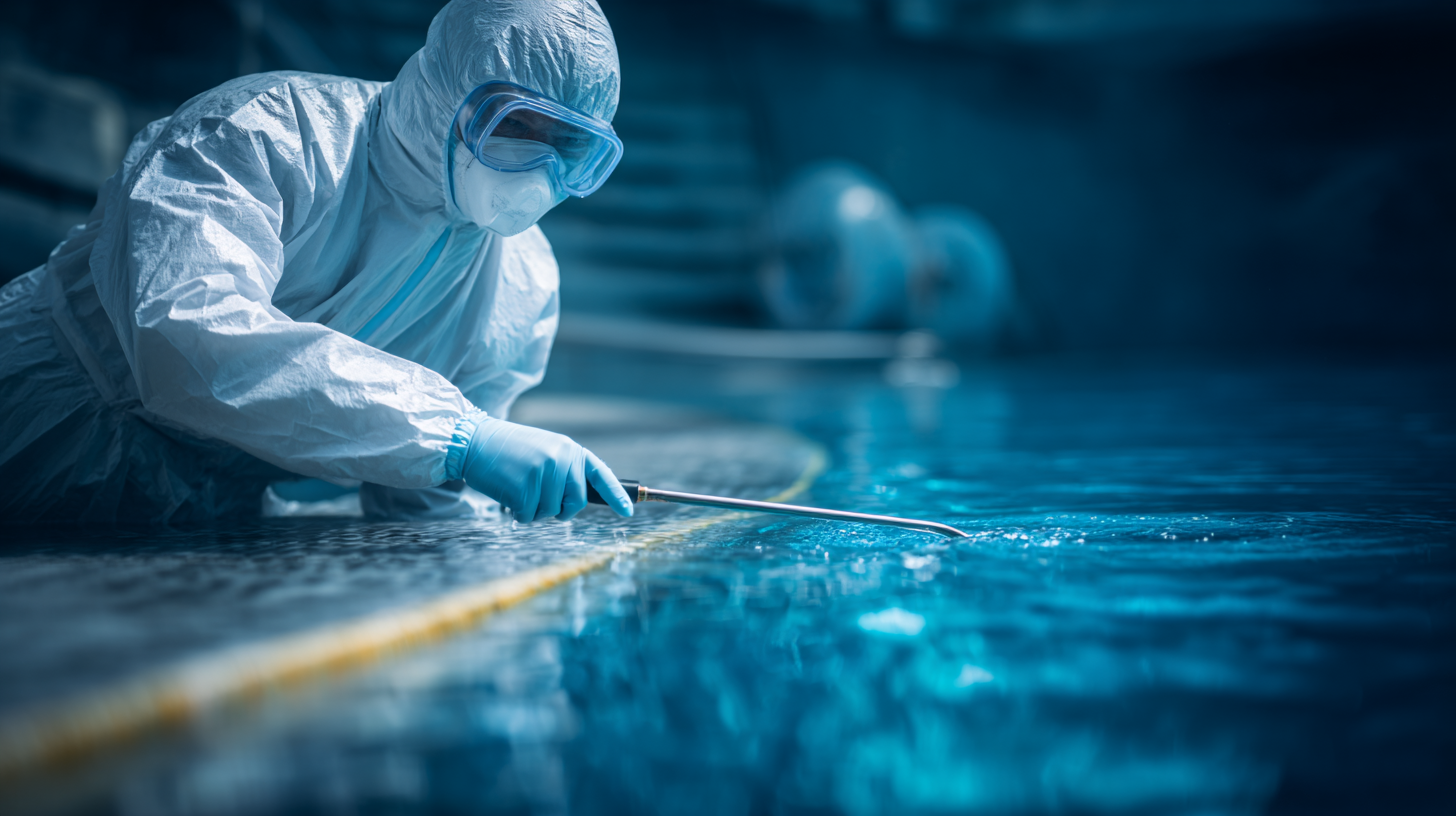
Aquatic disinfectants play a crucial role in combating waterborne pathogens, thus ensuring healthier aquatic environments. These disinfectants operate through various mechanisms that target and neutralize harmful microorganisms. For instance, chlorine-based disinfectants disrupt the cell membranes of bacteria, rendering them inactive. Similarly, UV radiation effectively damages the DNA of pathogens, preventing their replication and thus reducing the risk of disease spread. Understanding these mechanisms helps in selecting the appropriate disinfectant to match specific water quality challenges we face today.
To enhance the efficacy of aquatic disinfectants, here are some useful tips: First, always ensure that the disinfectant is compatible with the specific water conditions present, including pH levels and temperature. Second, maintain adequate contact time to allow the disinfectant to work effectively—this is critical in ensuring maximum pathogen elimination. Finally, regular monitoring of water quality is essential to evaluate the effectiveness of your disinfection efforts and to adapt protocols as needed.
With the recent guidelines issued by the National Centre for Disease Control, implementing these tips becomes increasingly important. Proper application of disinfectants, aligned with the latest standard operating procedures, can significantly reduce waterborne diseases and contribute to healthier aquatic environments for all.
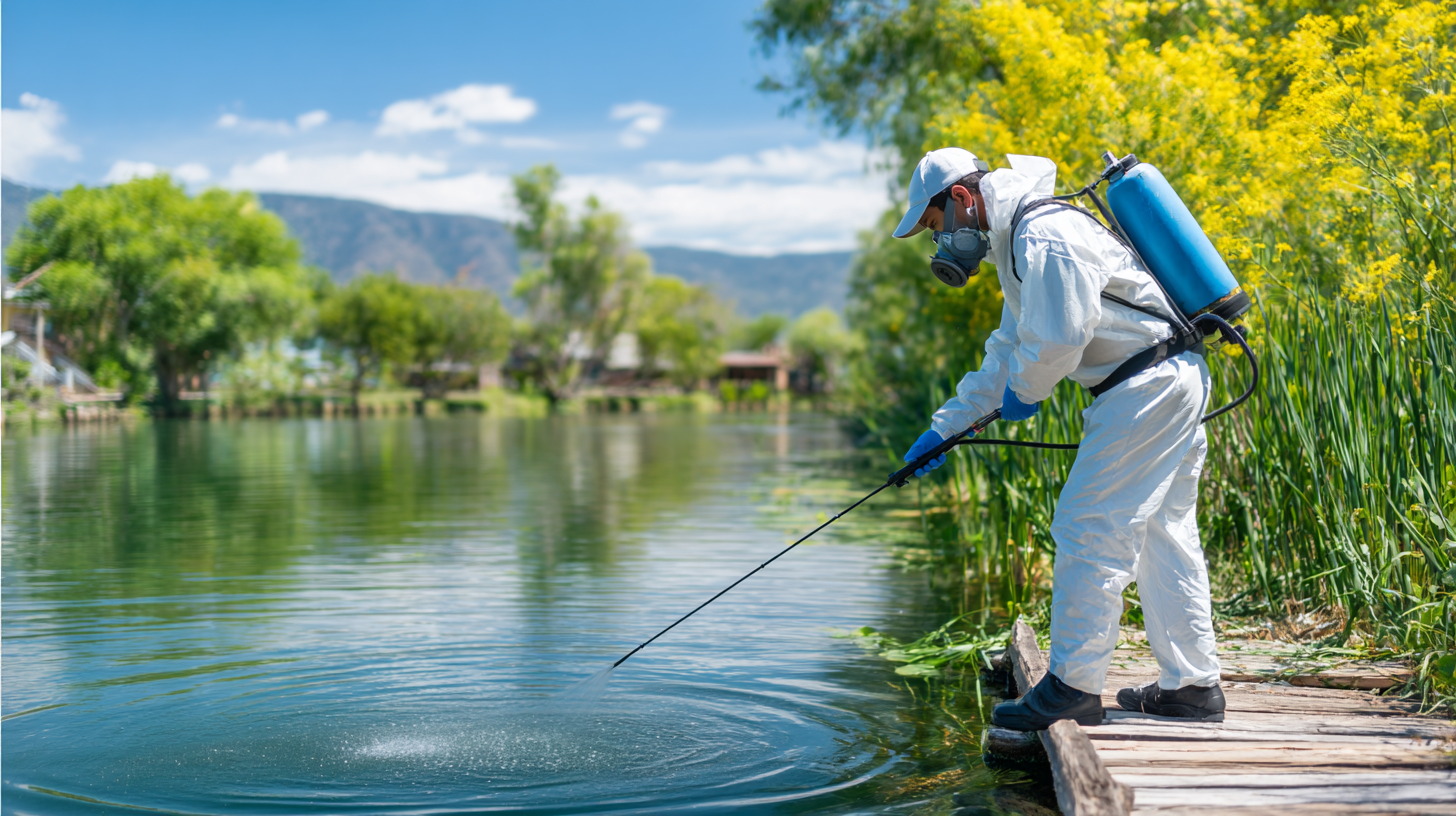 Innovations in disinfection technologies are paving the way for healthier aquatic environments and are crucial in the fight against waterborne diseases. Traditional methods, though effective, often struggle with evolving microbial threats and the need for sustainability. Newer technologies, such as advanced UV radiation systems and eco-friendly chemical treatments, are being developed to provide faster and more efficient disinfection. These innovations not only enhance safety but also minimize the ecological footprint of water treatment processes.
Innovations in disinfection technologies are paving the way for healthier aquatic environments and are crucial in the fight against waterborne diseases. Traditional methods, though effective, often struggle with evolving microbial threats and the need for sustainability. Newer technologies, such as advanced UV radiation systems and eco-friendly chemical treatments, are being developed to provide faster and more efficient disinfection. These innovations not only enhance safety but also minimize the ecological footprint of water treatment processes.
Moreover, the integration of smart monitoring systems is revolutionizing aquatic health. These systems utilize real-time data collection and artificial intelligence to continuously assess water quality and activate disinfection protocols only when needed. This targeted approach reduces the reliance on excessive chemicals and lowers operational costs. The future of aquatic health is not just about eliminating pathogens but also ensuring that aquatic environments remain balanced and viable for all forms of life. As research continues and these technologies advance, we can anticipate a significant reduction in waterborne diseases and a robust ecosystem that thrives sustainably.
